Miskatonic Monday #221: Dreams of Ghaa-Xothal
Between October 2003 and October 2013, Chaosium, Inc. published a series of books for Call of Cthulhu under the Miskatonic University Library Association brand. Whether a sourcebook, scenario, anthology, or campaign, each was a showcase for their authors—amateur rather than professional, but fans of Call of Cthulhu nonetheless—to put forward their ideas and share with others. The programme was notable for having launched the writing careers of several authors, but for every Cthulhu Invictus, The Pastores, Primal State, Ripples from Carcosa, and Halloween Horror, there was Five Go Mad in Egypt, Return of the Ripper, Rise of the Dead, Rise of the Dead II: The Raid, and more...
The Miskatonic University Library Association brand is no more, alas, but what we have in its stead is the Miskatonic Repository, based on the same format as the DM’s Guild for Dungeons & Dragons. It is thus, “...a new way for creators to publish and distribute their own original Call of Cthulhu content including scenarios, settings, spells and more…” To support the endeavours of their creators, Chaosium has provided templates and art packs, both free to use, so that the resulting releases can look and feel as professional as possible. To support the efforts of these contributors, Miskatonic Monday is an occasional series of reviews which will in turn examine an item drawn from the depths of the Miskatonic Repository.
 Dreams of Ghaa-Xothal is that rare creature on the Miskatonic Repository—a campaign! Beginning in London in 1924, it will take the Investigators across the capital, and under it, and then into the ‘Garden of England’. From there, the Investigators will leave the shores of England to ascend the heights of the world and then far below... The campaign consists of twelve chapters and concerns the uncovering and thwarting of a grand attempt to both undermine the financial well-being of the British Empire as an act of revenge and ultimately free an alien god and enslave all of humanity. This is definitely a campaign in which King and country matter, and if the Investigators succeed, they will be summarily recognised and ignored in equal measure!
Dreams of Ghaa-Xothal is that rare creature on the Miskatonic Repository—a campaign! Beginning in London in 1924, it will take the Investigators across the capital, and under it, and then into the ‘Garden of England’. From there, the Investigators will leave the shores of England to ascend the heights of the world and then far below... The campaign consists of twelve chapters and concerns the uncovering and thwarting of a grand attempt to both undermine the financial well-being of the British Empire as an act of revenge and ultimately free an alien god and enslave all of humanity. This is definitely a campaign in which King and country matter, and if the Investigators succeed, they will be summarily recognised and ignored in equal measure!Dreams of Ghaa-Xothal is written primarily with British Investigators in mind, but comes with enough detail to cover both the historical and cultural basics the campaign requires. This includes the use and availability of firearms during the period. The campaign downplays both use if not availability, at least not without good reason, and whilst there are opportunities for combat in the earlier chapters of the scenario, in general, running away is a better option. Both because the Investigators are likely to get hurt and because his majesty’s constabulary is likely to take an exceedingly dim view of gunplay, let along crimes being committed with guns. That view is likely to be dimmer still if the perpetrators are American. The tone of the campaign is split. What the Investigators will confront in terms of the villains of the piece, their plans, and the forces at their command—both ordinary and outré—veer towards the Pulp genre. What the Investigators are expected to do, involving a lot of investigative footwork and sneaking about, veers away from the Pulp genre to the drier Purist style, but never gets that far.
In terms of Investigators, Dreams of Ghaa-Xothal has no specific demands, but Private Investigators or Inquiry Agents will be easy to get involved, as will Journalists. Ideally, there should be between two and four Investigators. Optional rules cover infections and cholera—the Investigators will find themselves venturing into the sewers beneath London multiple times, how to handle locks, interpersonal skills, Luck, and spells. Locks, in particular, are challenging, and as well as guidance for the minimal skill level required to open the many locks throughout the campaign, assigns every lock the equivalent of Hit Points to indicate how much damage has to be inflicted before it breaks. Skills are given ratings, from 05% and below and Novice to 90% and more or Master. Whilst most skills require a Regular simply be passed simply on the basis of their Skill Rating and a straightforward measure of what they know. In addition not all spells in the campaign need be learned by poring though the pages of a Mythos Tome and these specific, campaign-related spells, tend to be easier to cast than most spells are first time.
Dreams of Ghaa-Xothal begins with the parents of Mary Perkins, a promising journalist working in Fleet Street for The London Evening News, engaging the Investigators for their help. Mary has disappeared and the police believe that she has eloped with a married man who is wanted for theft from his former employer and simply closed the case. Her parents disagree, believing that Mary would never act in such a manner that would bring shame to a respectable family like themselves. The question is, was Mary investigating something that got her into trouble?
It is a classic set-up, but investigation reveals that Chinese gangsters are as equally interested in Mary’s disappearance, so it at least looks there is substance to her parents’ concerns. Further clues lead the Investigators into something deeper and far more dangerous, something that involves a very well-connected import and export business, militantly radical politics on both the Left and the Right, and an extraordinarily reclusive member of the minor aristocracy whose plans for the cult he leads will have a profound effect upon, first, the economy of the British Empire, and then the fate of the empire itself.
Much of the campaign involves mundane investigation—visiting homes and libraries, conducting interviews and research and so on, just as you would expect. Stealth, if not outright breaking and entering will also play a big role in the investigation. This is not to say that the campaign is without its extraordinary moments. Far from it. Dreams of Ghaa-Xothal has an incredible grand set-piece that almost acts as the campaign’s finale that will amaze Keeper and player alike for its audacity out of game, and the Investigators in game. Apart from the energetic tumult of terror in this scene, some of the best scenes of horror come in the ‘Garden of England’, in the village which has been subverted by the cult at the heart of the campaign’s plot and in the home of the villain of the piece. These all serve to personalise the weirdness and the horror of the campaign and nicely subvert the rural idyll into something akin to folk horror. The culmination of the campaign in far off Tibet is perhaps more weird than horrifying, though the steps needed to get there are horrifying. The campaign’s epilogue has a nasty sting in its tail, but does leave it to the Keeper to fully explore the outcome of that sting…
As written, Dreams of Ghaa-Xothal is playable and playable without too much adjustment upon the part of the Keeper. Where it has issues it is in the detail. The campaign is overwritten and there is an incredible amount detail throughout, a lot of it devoted to individual locations, many of which the Investigators will visit multiple times over the course of the campaign. Another is the campaign’s tone. The campaign itself leans towards to the pulp genre, especially in the campaign’s oh so big, grand set piece and in the amount of Cthulhu Mythos knowledge that some of the NPCs possess, but a lot of the tone of the investigation is much drier, more purist. The latter is heavily supported by the surfeit of clues and handouts that threaten to overwhelm the players let alone their Investigators. Then there is the issue of Sanity rewards and losses, the former feeling something stingy in places.
The campaign is supported with two supplements. The first collects the almost fifty or so maps that showcase the various locations throughout the campaign. Some of these are left blank for the players and the Investigators to explore and fill in, but together they help detail the eleven or so locations that appear in the campaign. In addition, there are several period maps of London where the action of the campaign will take place. The second collects the campaign’s handouts. All ninety-six of them. To be fair, neither the maps nor the handouts are of great artistic merit. The handouts are better than the maps in that department, but in general, the best that can be said of them is that they are serviceable and they convey their intended information. In fact, this is not the best that can be said of them since the Keeper can access both supplements separate the campaign itself and easily provide them for her players and their Investigators.
Physically, Dreams of Ghaa-Xothal is decently presented. It needs a slight edit in places and it is busy in others. There is, after all, a lot of information to get through. One nice touch is the number of period photographs given throughout the campaign. These not only depict London, but also every NPC who appears in the campaign. It is a pity that these are not collated into a supplement of their own like the maps and the handouts. The campaign has so many NPCs and accompanying portrait photographs that they actually deserve an album of their own, complete with space for the players to add notes of their own like a scrapbook. The photographs contrast sharply with the full colour pieces of artwork depicting starscapes and other strange vistas which dot the pages of the campaign, depicting the ‘Dreams of Ghaa-Xothal’.
Campaigns are not easy to write. Campaigns for publication on a community content programme where the easiest thing to do is pump out one one-shot after another, are really not easy to write. Then they have the problem of vying for attention amongst that sargasso of one-shots. In the face of this, the author of Dreams of Ghaa-Xothal deserves our praise for even attempting such a herculean task. The fact that he has completed it and more importantly that the resulting Dreams of Ghaa-Xothal is rich, detailed, intricate, and actually works so that another Keeper can take it and run it, deserves not just praise, but accolades of its very own. Call of Cthulhu, Seventh Edition has a new campaign and it has not come from either Chaosium, Inc. or a licensee, but the Miskatonic Repository, so fulfilling the ambition of that community content programme by delivering a grand campaign whose format can be traced all the way back to Shadows of Yog-Sothoth.






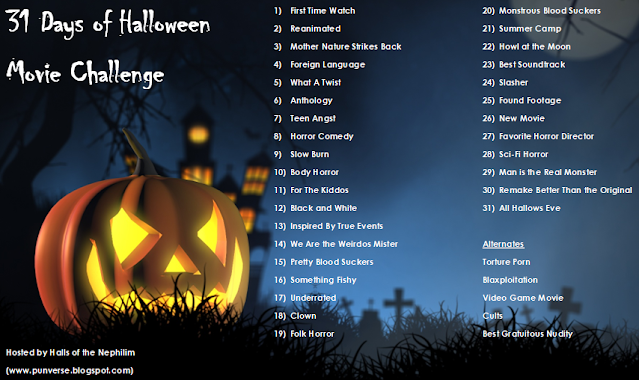









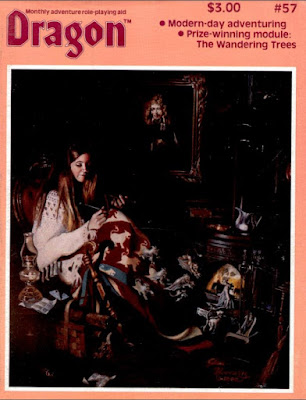

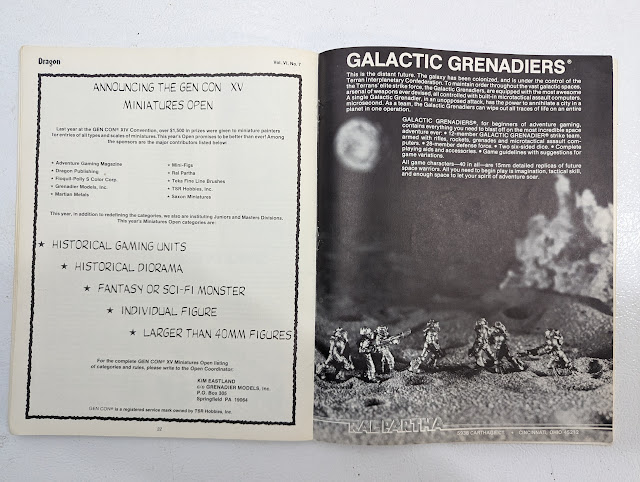

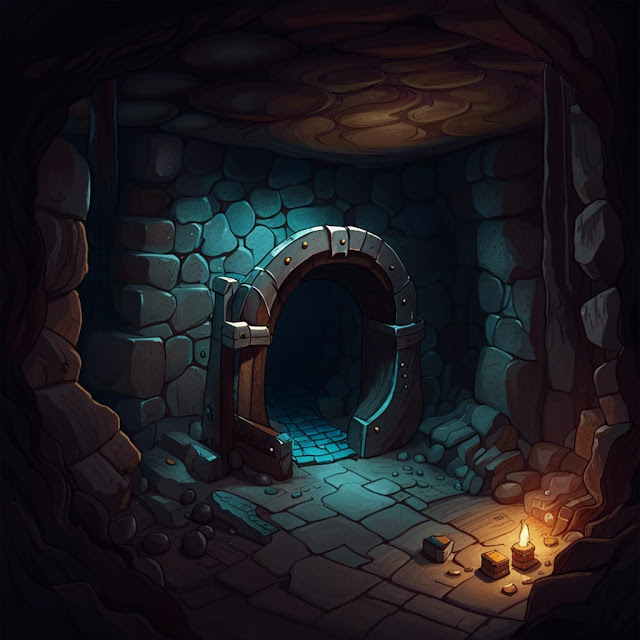
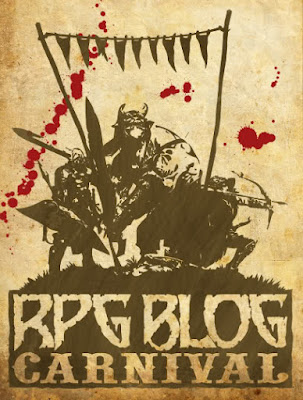

Fairy_Legends_p0239-dullahan.jpg)
